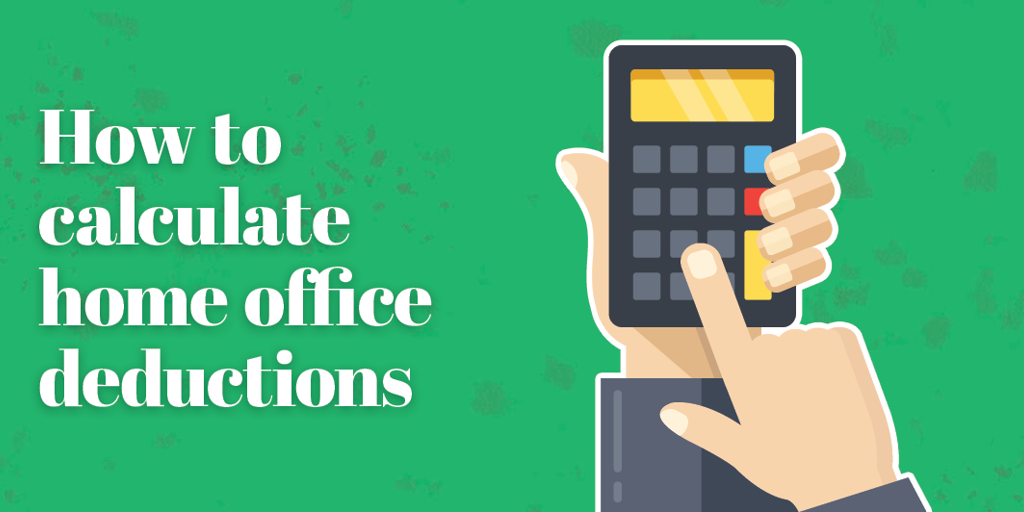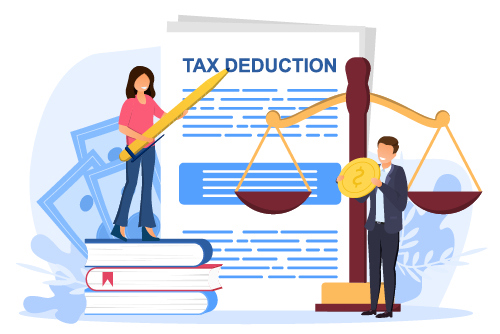


How to Calculate Home Office Deductions
The home office deduction is probably the most misunderstood deduction – misunderstood by non-tax professionals, of course – among all the entries in the tax code.
For years, people were afraid using the home office deduction would raise an automatic red flag for auditors, but in recent years Congress has relaxed the rules and the home office is far less likely to attract attention. Keep in mind that even if you are audited, as long as you have prepared your tax return accurately and under the provisions of the law, an audit is, at worst, a hassle.
To understand the rules regarding home office deductions, we’ll start with the basics. Your home office qualifies as your principal place of business if:
- You use your office "exclusively and regularly for administrative or management activities of your trade or business"; and
- "You have no other fixed location where you conduct substantial administrative or management activities of your trade or business."
The above rules apply even if you maintain another office, as long as you don’t use that other office more than on an occasional basis for administrative or management activities. For example, if the company provides space for an office but you only use it to store non-essential items, your home office should qualify for a tax deduction.
Let’s look at the requirements in more detail:
- You must use your office regularly and exclusively for business. "Regularly" is generally defined as at least 10 to 12 hours per week, but the time required depends on the nature of your business. If the nature of your work causes you to spend significant time traveling or working at remote locations, it is critical that when you do need to perform clerical and administrative tasks, you regularly use your home office for those purposes.
- Your office must be used for business purposes only. If you use the space for personal reasons, even occasionally, it is no longer deductible. If a home office doubles as a computer room for the family, it does not qualify.
- Partial use of a room can still qualify for a deduction, even if you do not create a permanent or physical partition. Keep in mind a partition or other means of physical "separation" can be helpful if your return is audited. A desk in the corner of a room can qualify as an office if you only count a reasonable amount of space around the desk as "office" square footage.
To prove you meet the time and use requirements, keeping a log (which can be as simple as making notes on your daily planner) can be helpful if you are audited.
If the space qualifies under the above guidelines, you are allowed to deduct home office expenses.
To determine what you can deduct:
- Calculate the square footage of the home office. If the office is a 12-foot by 12-foot room, then the total square footage is 144 square feet. If the office only takes up a portion of the room, measure the space used and calculate accordingly.
- Determine the total square footage of the home. If you do not know the number, check blueprints, appraisals, or tax bills.
- Divide the area of the office by the area of the home. For example, if the home is 2,200 square feet and the office is 144 square feet, the home office uses 6.5% of the home (144/2,200 = .065). 6.5% of qualifying home expenses can be written off under the home office deduction.
Qualifying expenses include:
- Rent, mortgage interest, insurance, and property taxes.
- Utilities, repairs, garbage pickup, security, etc.
- The basis of the home (excluding land) over 39 years as non-residential property. Basis is the price paid for the home or the new value of the home after significant improvements have been made.
Home office expenses can be used to offset income, but only to the break-even point. You are not allowed to show a loss. If your expenses do create a loss, you are allowed to carry those losses forward to future years to offset future income. For example, if home office expenses are $2,000 and you only make $1,500, then $500 in loss can be carried over to the following year(s).
One quick note: Married homeowners can still claim the $500,000 tax-free capital gains exclusion ($250,000 for single homeowners) when the home is sold if the home office space was not considered a "separate dwelling unit" (for example, a separate building not connected to the home).
The keys to taking the home office deduction are to accurately determine the percentage of the home allocated for business use and to keep accurate records of all expenses deducted. If you have questions, see a qualified accountant or financial professional for individual guidance specific to your situation.
Recent Articles
Join our e-newsletter
Sign up for our e-newsletter to get new content each month.






















